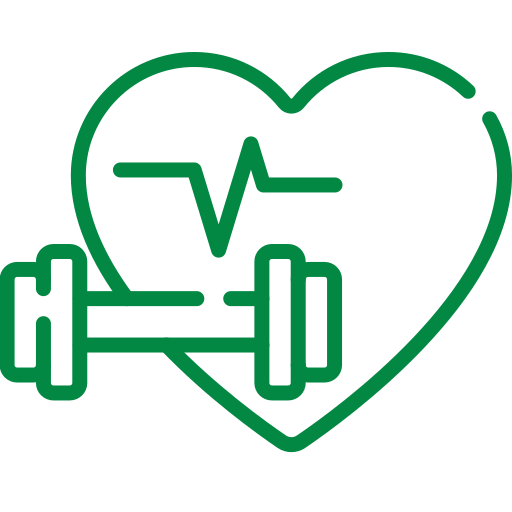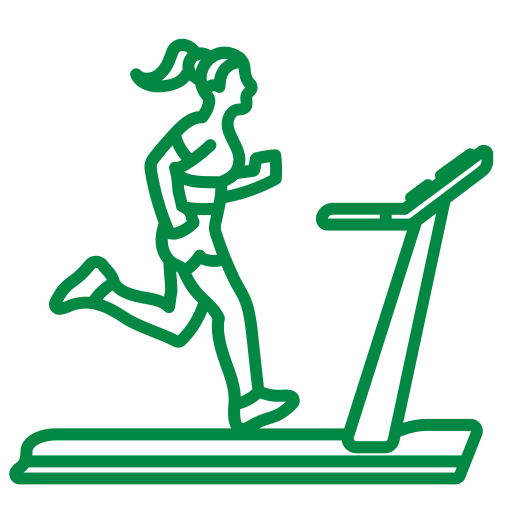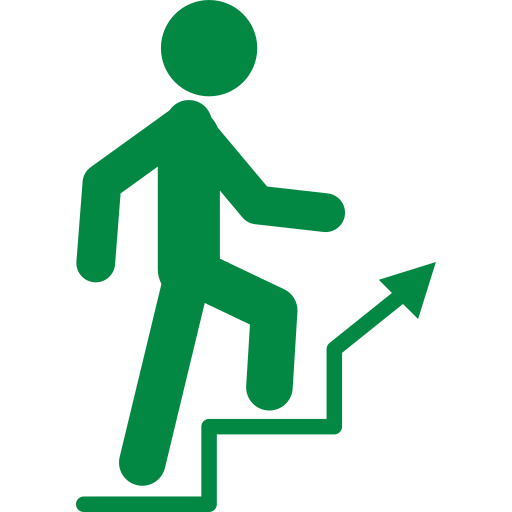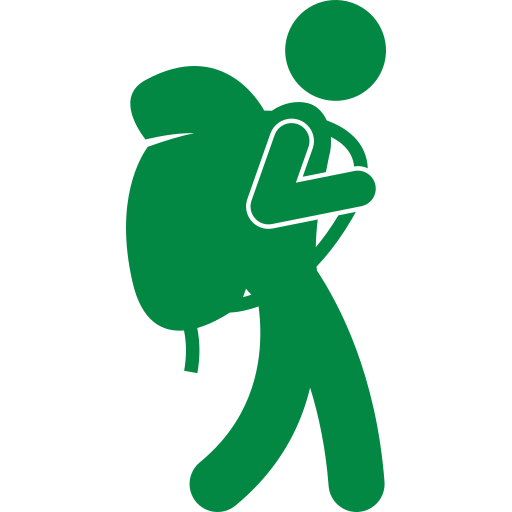
Assess Your Current Fitness Level
Before embarking on a walking or trekking journey, it’s important to assess your current fitness level. Evaluate your cardiovascular endurance, muscular strength, and overall stamina. This self-assessment will help you determine the appropriate level of training and choose treks that align with your abilities.

Start with Cardiovascular Training
Walking and trekking require good cardiovascular endurance. Begin by incorporating aerobic exercises into your routine, such as brisk walking, jogging, cycling, or swimming. Aim for at least 30 minutes of moderate-intensity cardiovascular exercise, 3-4 times per week. Gradually increase the duration and intensity of your workouts to improve your endurance.

Build Lower Body Strength
trong leg muscles are crucial for walking and trekking. Include exercises that target your quadriceps, hamstrings, calves, and glutes. Squats, lunges, step-ups, and calf raises are effective exercises to build lower body strength. Perform these exercises 2-3 times per week, gradually increasing the weight and repetitions as you progress.

Core Strengthening
strong core provides stability and balance during walking and trekking. Incorporate exercises like planks, Russian twists, and bicycle crunches to strengthen your core muscles. Aim for 2-3 sessions per week and gradually increase the duration and difficulty of the exercises.

Balance and Stability Training
Walking on uneven terrain requires a good balance and stability. Include exercises that improve your balance, such as single-leg stands, heel-to-toe walks, and Bosu ball exercises. Practice these exercises regularly to enhance your stability and reduce the risk of falls during treks.

Flexibility and Stretching
Maintaining flexibility is essential to prevent injuries and improve overall mobility. Incorporate stretching exercises targeting your major muscle groups, including your legs, hips, back, and shoulders. Perform static stretches after each workout and consider activities like yoga or Pilates to improve flexibility and promote relaxation.

Gradually Increase Walking and Hiking Distance
To prepare for longer treks, gradually increase the distance and duration of your walks and hikes. Start with shorter distances and gradually add more mileage each week. Include varying terrains and elevations to mimic the conditions you may encounter during your trek.

Practice Hill and Stair Climbing
Trekking often involves uphill climbs and descents. Include hill training and stair climbing in your workout routine. Look for hilly areas or use staircases to simulate the uphill and downhill conditions. This training will strengthen your leg muscles and improve your endurance for trekking.

Weighted Backpack Training
If your trek involves carrying a backpack, gradually add weight to your training walks. Start with a light load and gradually increase the weight to match what you’ll be carrying during your trek. This will help your body adapt to the added weight and improve your endurance.

Practice Long-Distance Walking
In the weeks leading up to your trek, schedule long-distance walks or hikes to simulate the duration of your trekking days. This will help condition your body for sustained periods of walking and build mental stamina.

Stay Hydrated and Eat a Balanced Diet
Proper hydration and nutrition are essential for optimal performance. Drink plenty of water before, during, and after your training sessions. Maintain a balanced diet rich in lean proteins, whole grains, fruits, and vegetables to provide the necessary nutrients for energy and muscle recovery.

Take Rest and Listen to Your Body
Allow your body enough time to rest and recover between training sessions. Listen to your body and pay attention to any signs of overexertion or injuries. If you experience pain or discomfort, consult a healthcare professional.
